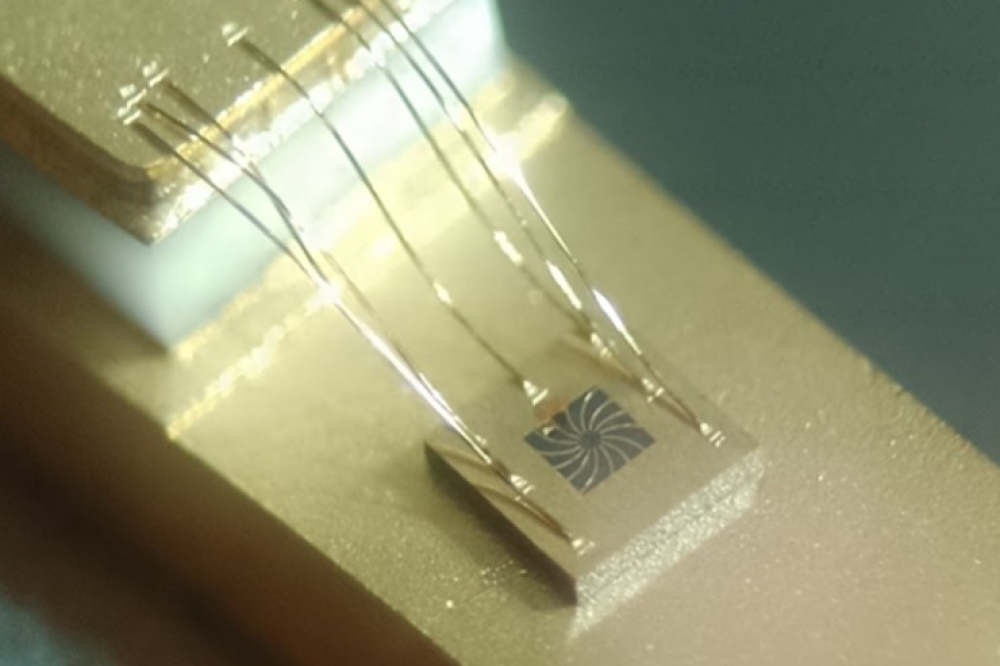Vector Photonics datacoms PCSEL commercialisation to accelerate

The commercialisation of Vector Photonics’, 1 Watt, 1310 nm, datacoms PCSEL will accelerate following the award of Zeus; a £1 million industrial research fund for AI laser development. The 1-Watt, all-semiconductor datacoms PCSEL targets the interconnects, silicon photonics and CPO used in next-generation, cloud datacentre applications. Additionally, it can leverage the core, optical power and computer processing technology developed in project Zeus, for AI applications.
Dr. Richard Taylor, CTO of Vector Photonics, said, “An uncooled, 1 Watt PCSEL is a game-changer for cloud datacoms applications. It offers significant, optical power increases over incumbent DFB technology, with countless manufacturing and energy saving benefits. Next-generation, datacentre interconnects are expected to deliver 800Gbps, increasing to 1.6 Tbps and then 3.2 Tbps, over the next decade. The 1 Watt PCSEL enables this development, with a reduction in the laser quantities needed of up to 10 times. The resulting interconnects, silicon-photonic chips and CPO systems become significantly easier to make, with a high likelihood of improved yield and reliability.
“The 1-Watt datacoms PCSEL will positively affect the architecture of all datacoms chips and systems. Power consumption, heat, latency, and manufacturing costs are all reduced, along with operational power savings due to the PCSEL’s symmetrical far-field, making its data transmission more efficient than DFBs.”
PCSELs are increasingly looking like the only realistic enabler of next generation, datacoms applications, where DFBs have met their technological limit.



































